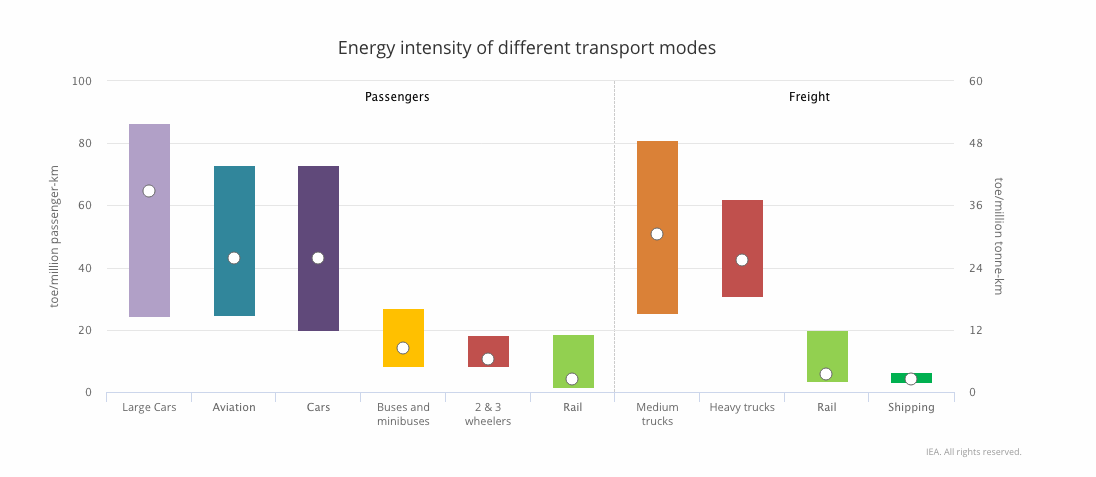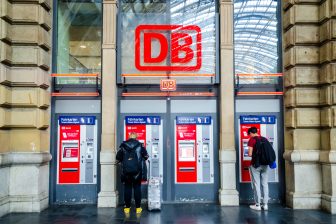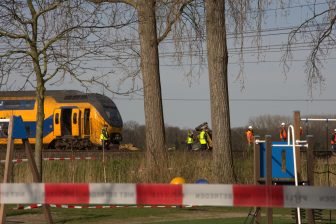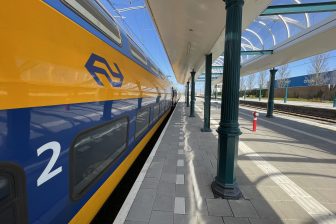Report: rail neglected in public debate about energy transition
Rail is one of the most energy-efficient modes of transport both for freight and passengers, yet is often neglected in public debate. That is the conclusion of a new report of the International Energy Agency and the International Union of Railways (UIC). Jacopo Tattini of IAE will present this report on Wednesday the 27th of March on RailTech Europe in Utrecht, the Netherlands.
The report Future of Rail emphasises that there are several ‘blind spots’ in the energy system, which are issues that deserve more attention from policymakers. In the study, it becomes clear that the transport sector is responsible for almost one-third of final energy demand, nearly two-thirds of oil demand and nearly one-quarter of global carbon dioxide (CO2) emissions from fuel combustion.
Energy transitions
The researches concluded that changes in transportation are fundamental to achieving energy transitions globally. While the rail sector carries 8 per cent of the world’s passengers and 7 per cent of global freight transport, it represents only 2 per cent of total transport energy demand, highlighting its efficiency. “The rail sector can provide substantial benefits for the energy sector as well as for the environment,” said IEA Executive Director Fatih Birol. “By diversifying energy sources and providing more efficient mobility, rail can lower transport energy use and reduce carbon dioxide and local pollutant emissions.”
 The rail sector has a very efficient energy demand. Source: IEA
The rail sector has a very efficient energy demand. Source: IEA
Evolutions of the railway industry
The Future of Rail includes a Base Scenario that projects the evolution of the railway industry to 2050 on the basis of announced policies, regulations and projects. It also includes a High Rail Scenario to demonstrate the energy and environmental benefits of a more significant shift of passengers and goods to rail transport. While the High Rail Scenario requires about 60% more investment than in the Base Scenario, global CO2 emissions from transport peak in the late 2030s, air pollution is reduced and oil demand is lowered.
The report includes a specific focus on India. “Rail serves as a vital lifeline of India, playing a unique social and economic role,” said Dr Birol. Rail remains the primary transport mode in the country, providing vital connections within and between cities and regions, and guaranteeing affordable passenger mobility that has long been a government priority.
Rail passenger traffic in India has increased by almost 200 per cent since 2000 yet prospects for future growth remain bright. Construction has started on India’s first high-speed rail line, the total length of metro lines is set to more than triple in the next few years, and two dedicated freight corridors are on track to enter operation by 2020.
Rising transport demand
In all countries, including India, the future of the rail sector will be determined by how it responds to both rising transport demand and rising pressure from the competing transport modes. Rising incomes and populations in developing and emerging economies, where cities are growing exponentially, are set to lead to strong demand for more efficient, faster and cleaner transportation. On the other hand, the need for speed and flexibility still tend to favour car ownership and air travel.
Jacopo Tattini of IAE will present this report on Wednesday the 27th of March at the conference about Energy Saving in Rail in Utrecht, the Netherlands. Please visit the conference website for more information.




